May 20, 2025 | 12:39 GMT +7
May 20, 2025 | 12:39 GMT +7
Hotline: 0913.378.918
May 20, 2025 | 12:39 GMT +7
Hotline: 0913.378.918
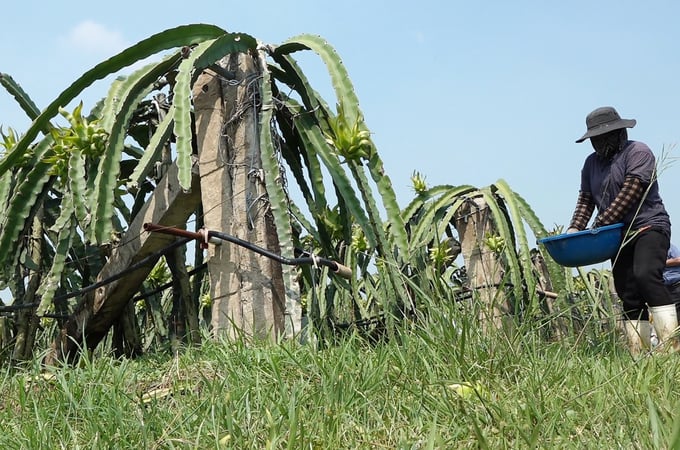
Not only must it ensure competitiveness and increase value, dragon fruit production must also contribute to reducing emissions in production. Photo: TL.
“Vietnam’s agriculture is facing many difficulties and challenges from internal issues as well as objective factors. It is time for Vietnam to transform the food system in general and the dragon fruit value chain in particular to a higher form, integrating green development and adaptation to climate change,” said Nguyen Do Anh Tuan, Director of the Department of International Cooperation (Ministry of Agriculture and Rural Development).
Understanding the struggles of Vietnamese dragon fruit, Ministry of Agriculture and Rural Development (MARD) as well as localities, associations, domestic and international organizations, businesses and cooperatives have taken actions to "reclaim the throne" for this fruit, striving to develop a sustainable, green and low-emissions industry, thereby conquering the 100-million-people domestic market and dominating the international market.
For the past three years, the United Nations Development Program (UNDP) has implemented the project "Promoting private investment in low-carbon agriculture adaptive to climate change, contributing to the implementation of Vietnam's NDCs". In the case of Binh Thuan, the program has helped dragon fruit growing cooperatives follow the direction of sustainable development and low-emissions production, notably Thuan Tien Dragon Fruit Cooperative, Hoa Le Clean Dragon Fruit Cooperative, Ham Kiem Dragon Fruit Production and Service Cooperative, and Ham Minh 30 Dragon Fruit Production and Service Cooperative.
Phan Van Tan, Deputy Director of Binh Thuan Department of Agriculture and Rural Development said, “Cooperatives in the province have grasped the benefits of lơ-emissions production, reflected in the reduction of electricity costs and many other production costs, thus improving economic efficiency while limiting risks of pest and disease”.
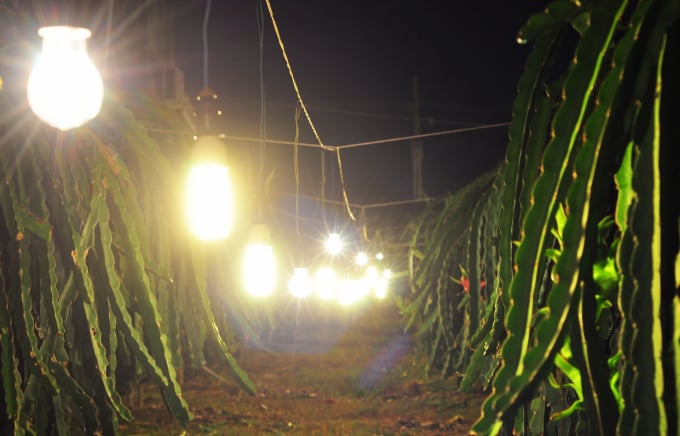
Compact light bulbs consume a lot of electricity, which is a major factor in increasing emissions in dragon fruit production, so growing dragon fruit using LED lights is considered a great alternative. Photo: Kim So.
According to Vu Tan Phuong, Director of the Sustainable Forest Management Certification Office (Vietnam Forest Certification Scheme), agriculture in general and the dragon fruit industry in particular need to meet increasingly strict market requirements in order to actively participate in the global food supply chain.
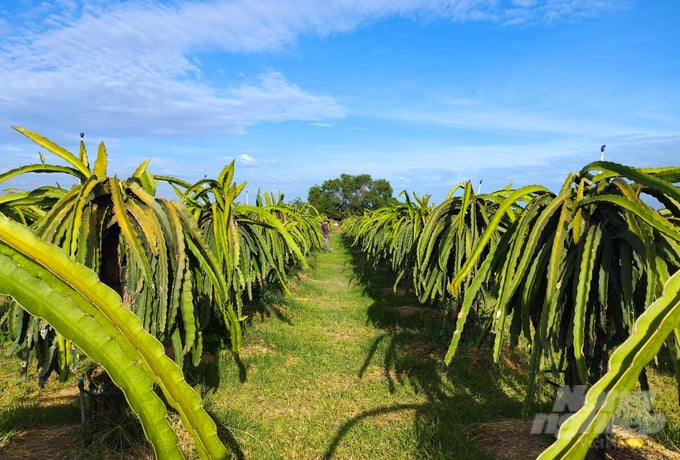
Organic dragon fruit production models are widely applied by farmers at present.
Vietnam's dragon fruit production needs to change throughout the low-emissions chain. Phase 1 (first 2 years, not yet harvested) is from the beginning of creating the dragon fruit garden, preparing the land, burying the poles, fertilizing, watering, and caring for. Phase 2 starts from the third year onwards (harvest phase). During this process, orchards still require fertilization, care, and the use of a lot of inputs. Phase 3 is transportation, preliminary processing, and processing.

Using fertilizer scientifically will not only give the highest efficiency and limit waste, but also contribute to reducing emissions.
Director Phuong also mentioned the ever-changing characteristics of market demands, information technology, and the state of commerce. Digitalization and information transparency need to be present throughout the production chain while ensuring traceability as per customer’s demand.
Local functional branches must manage the entire production system to grasp the production situation and proactively make changes and adjustments accordingly. This will help make issues related to "carbon footprint" transparent, ensuring sustainable development in the value chain.

Unscientific and wasteful fertilization is still common in Vietnam’s dragon fruit production scene.
At the recent conference "Sustainable Dragon Fruit Development in Vietnam" jointly organized by the Department of International Cooperation and UNDP, Deputy Minister of Agriculture and Rural Development Tran Thanh Nam affirmed the competitive advantage of Vietnamese dragon fruit is the climate, soil and production process. “If you make full use of this advantage and do the dragon fruit production process well, Vietnam can confidently compete with any other country on the world market”.
MARD’s stance is not to increase the growing area, instead maintain it at 60,000 - 65,000 ha and an overall output of 1.3 - 1.5 million tons per year. Quality will be of first priority, supported by advanced production processes to ensure food safety and product traceability.
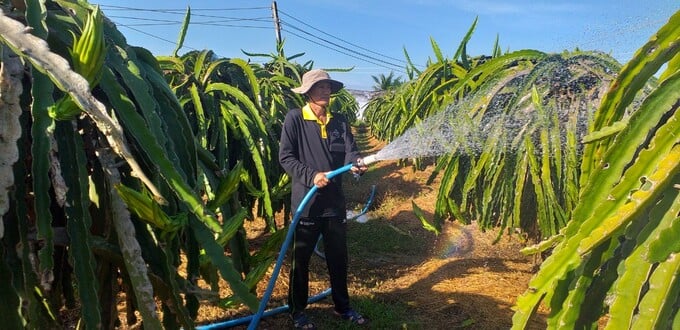
Vietnamese dragon fruit has great advantages in terms of climate and crop rotation period.
Deputy Minister Tran Thanh Nam said, “In order to orient sustainable dragon fruit production towards carbon credits, UNDP can integrate its activities with supportive acts for community agricultural extension forces and provincial agricultural extension centers to improve their capacity, through which they can help local farmers.
He requested UNDP to gather the results achieved from projects which are being implemented in Vietnam. The Ministry of Agriculture and Rural Development will then gain the basis to submit to the Government a program to reduce greenhouse gas emissions in the dragon fruit value chain.
Translated by Samuel Pham
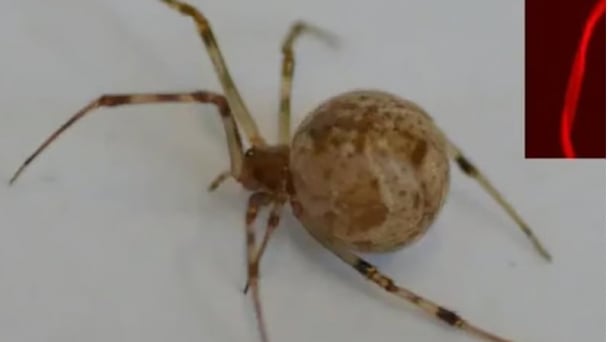
(VAN) For years, the CRISPR-Cas9 genome technology has been reshaping genetic engineering, a precision tool to transform everything from agriculture to medicine.
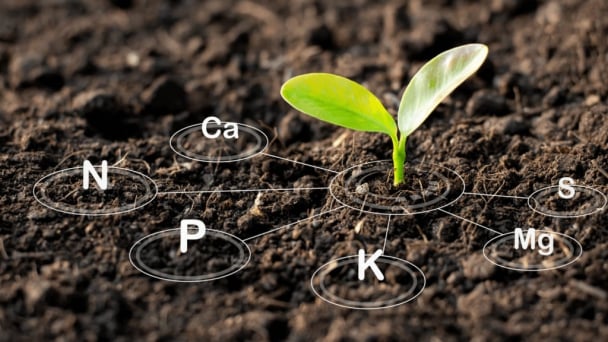
(VAN) Vietnam aims to become a 'leader' in the region in the capacity and managing effectively soil health and crop nutrition.
![Reducing emissions from rice fields: [Part 1] Farming clean rice together](https://t.ex-cdn.com/nongnghiepmoitruong.vn/608w/files/news/2025/05/05/z6509661417740_a647202949c539012a959e841c03e1d3-nongnghiep-143611.jpg)
(VAN) Growing clean rice helps reduce environmental pollution while increasing income, allowing farmers to feel secure in production and remain committed to their fields for the long term.
/2025/05/19/5136-1-144800_230.jpg)
(VAN) The Nghe An Provincial People's Committee has just approved the list of beneficiaries eligible for revenue from the Emission Reductions Payment Agreement (ERPA) in the North Central region for the year 2025.

(VAN) 14 out of 35 domesticated elephants in Dak Lak province have had their living conditions improved, with 11 of them currently participating in the non-riding elephant tourism model.

(VAN) Muong Nhe Nature Reserve hopes that being upgraded to a national park will lay the foundation for forest protection efforts to be carried out in a systematic, modern, and sustainable manner.
/2025/05/16/3923-2-171845_52.jpg)
(VAN) Lower costs, higher yields, and improved soil quality are outstanding benefits that soybeans bring when integrated into the crop rotation system.